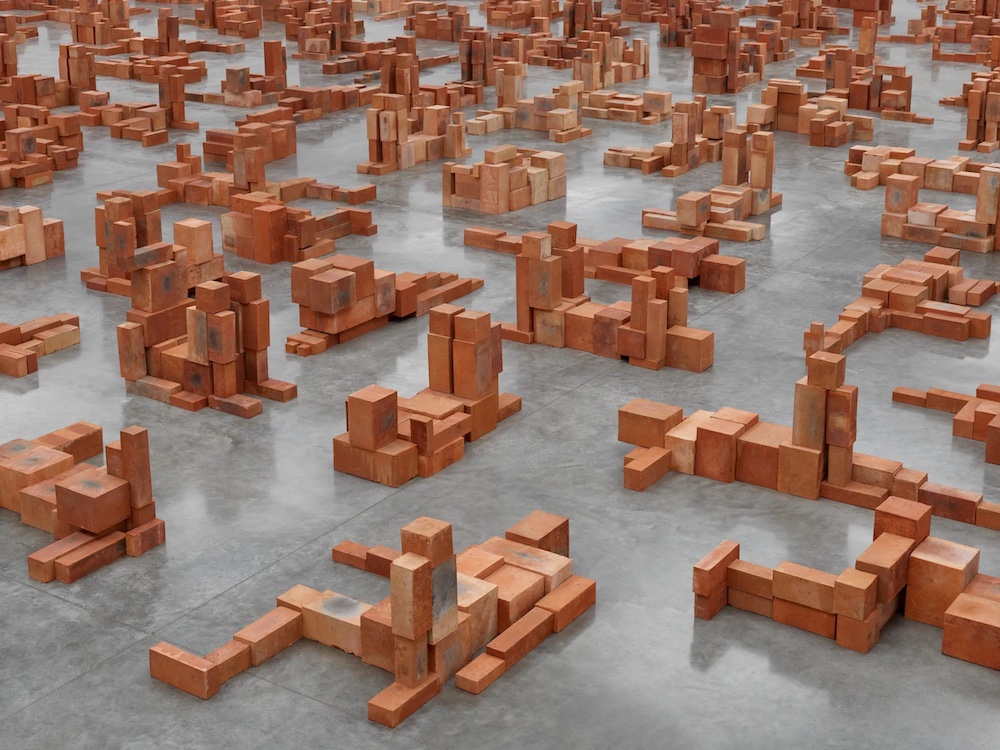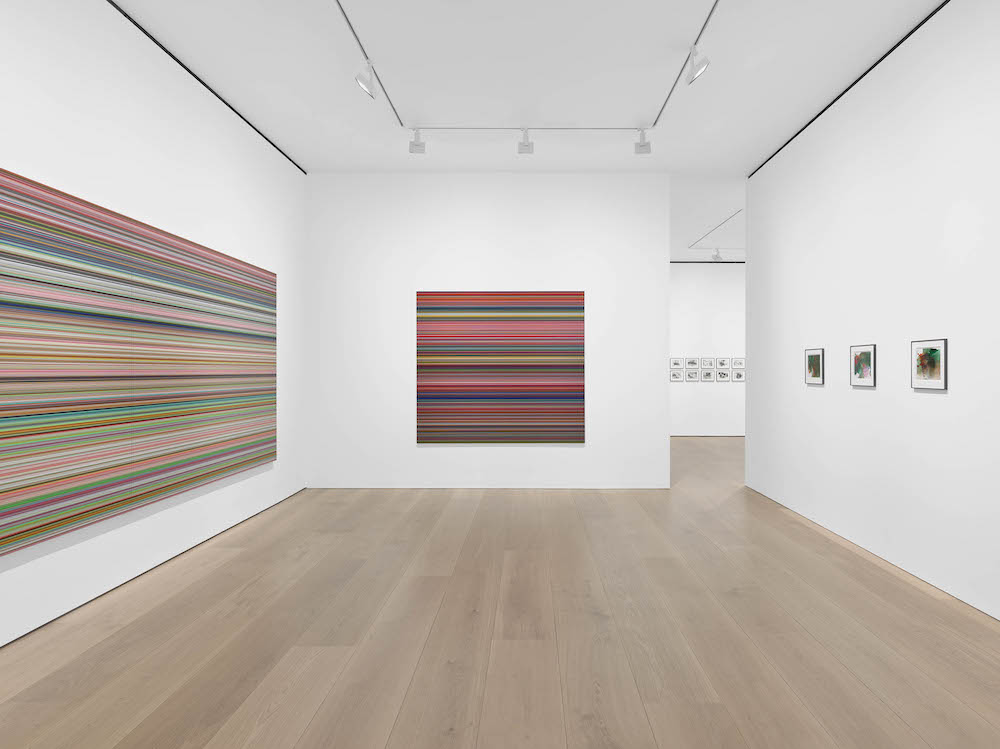East London harbors some of the city’s best young creative talents. Over the last decades, it’s been a breeding ground for some of the gauche creators of our generation–from Gavin Turk to Tracey Emin, Fashion East to Giles. It’s the heartland of mural art in the metropolis. As a corollary, during Frieze Week it’s where you’ll find D.I.Y. curators and artists putting on their own productions.
Alessia De Pasquale is an Italian-born creative producer, one of East London’s 20-something residents who has been involved in the independent arts scene since she moved there a decade ago. After eight years working in fashion–she was in menswear design at Paul Smith, Burberry, and Aquascutum–she decided to turn her talents to the art she passed in her neighborhood every day.
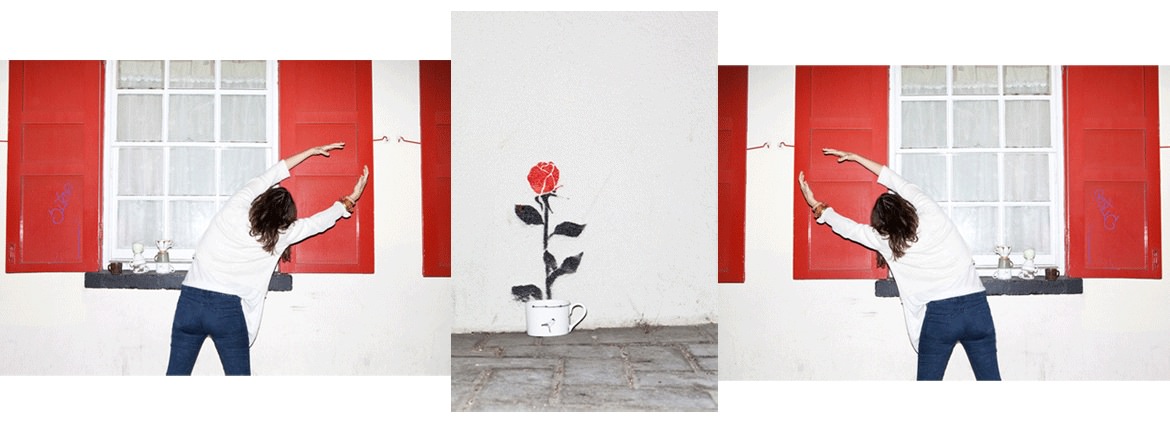
Courtesy of Hoxton Gallery
Her first major art show is a daring project bringing together ten international street artists, who have collaborated on wood and paper. As a way to dissect sharing in the digital era, De Pasquale asked the artists to create a series of unique works, completed in a studio space in East London, according to the “Game of Consequences” invented by the Surrealists. The outcome was quite surprising: a series of works that combines the explosive energies of artists who had never collaborated before in this way.
Taking the teacup as a symbol of her ongoing curatorial project, De Pasquale also set up shop–theqabinet.com–selling a selected range of artist, designer and vintage drinking vessels. The exhibition, entitled “Consequences” opened last Saturday at Hoxton Gallery as part of London Art Week.
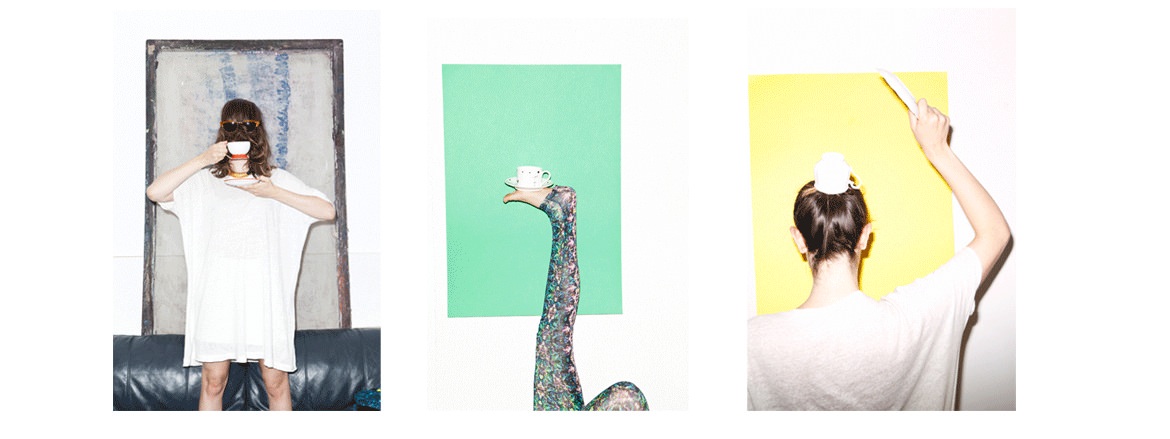
Courtesy of Hoxton Gallery
WHITEWALL: How did you come up with the concept for the project?
ALESSIA DE PASQUALE: It all started from a study about how technology has changed the way we communicate. Many face-to-face conversations have been replaced by digital interaction, and this is changing not only the way we communicate but also who we are and how we think.
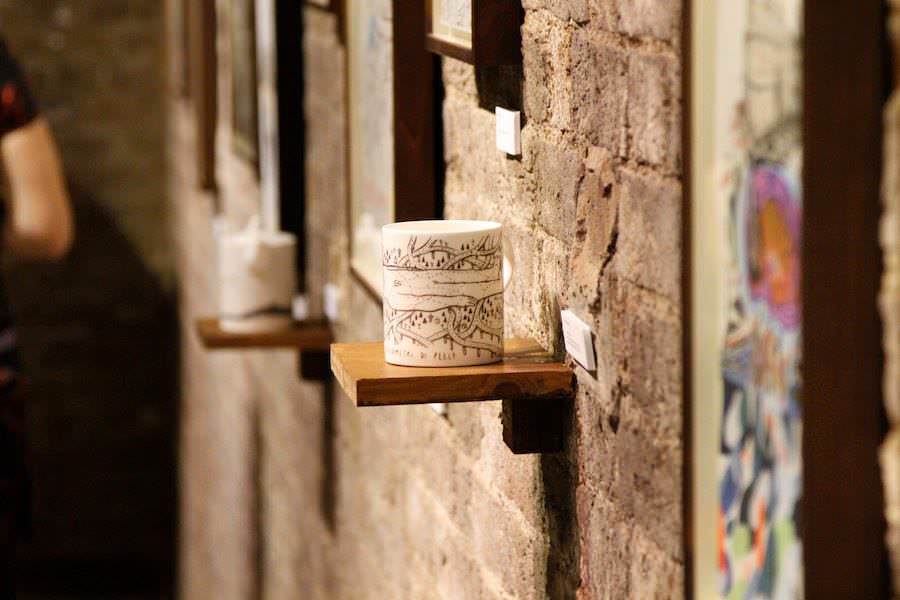
Courtesy of Hoxton Gallery
WW: How did you approach the artists?
ADP: After choosing them according to their artistic approach to the urban environment, I sent them each my proposal and I was lucky enough to get them interested.
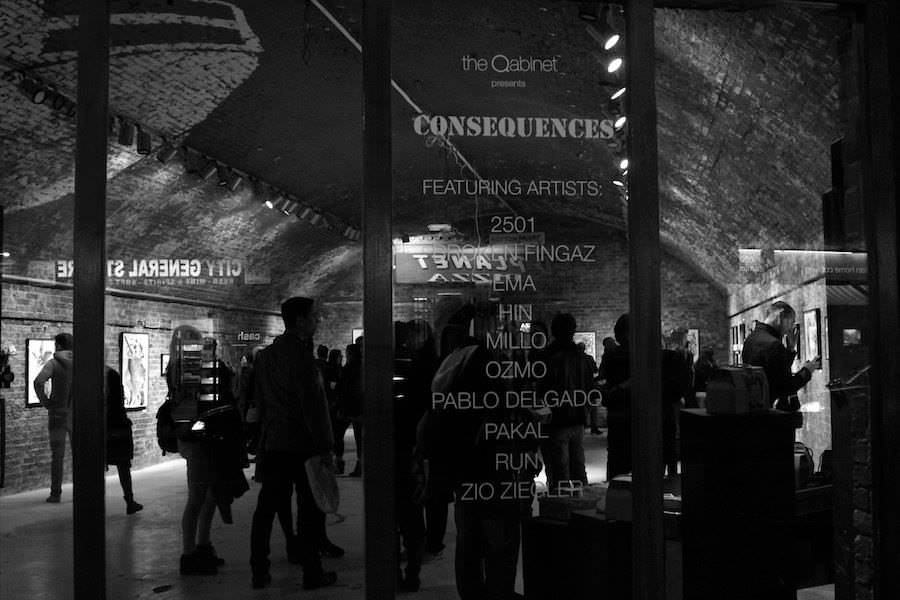
Courtesy of Hoxton Gallery
WW: Were they willing to collaborate? How was it to work with so many artists at once?
ADP: I had two artists that I approached who initially were interested in the collaborative theme. Later on they decided that they prefer to create their artwork alone and weren’t comfortable with the idea of collaborating directly on paper with another artist, so it’s not been without difficulties. It has been challenging to gather everyone all at the same time in London. Most of the artists had never met before but despite their different characters and aesthetics, everyone got on very well and had a great time playing the consequences game together. Some of them felt they were pushed out of their comfort zone, as each artwork’s visual outcome cannot be predicted. But I think it was a positive thing for them. We drew, ate, and drank together, shared a studio and flat together in Hackney Wick, and a lot of stories. We became a kind of family.
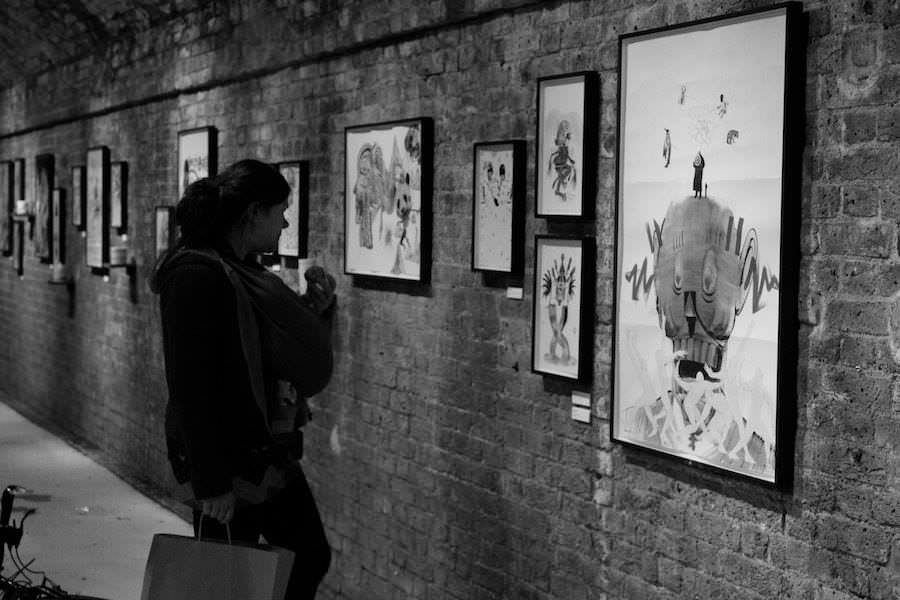
Courtesy of Hoxton Gallery
WW: How did you put the show together financially?
ADP: We were lucky to arrange sponsors, and so the project was partly funded thanks to their help, and a lot of in-kind help from friends working in different creative areas. Later on I put up a crowd-funding campaign on Kickstarter and was able to range more than £6000, offering the public original art works, prints, and other artist merchandise as rewards.
WW: How did the opening go, how happy are you with the outcome? Can you talk us a bit through how you laid out the artworks and video, etc?
ADP: The opening was incredible, we had more than 350 guests. The exhibition showcases 35 brand-new art pieces: each one is a collaboration between two or more artists, and we also presented limited edition cups with designs by each of them, and a video projection on table showing the artists and project collaborators in conversation, that we filmed over the summer.
WW: What kind of people have been visiting the show?
ADP: Art and street art lovers, bloggers, collectors, journalist, students, creative professionals and some nutters from the area.
WW: What are your favorite pieces in the exhibition?
ADP: The only one where a total of 4 artists collaborated: CONSEQUENCE #4 BY OZMO- ZIO ZIEGLER -HIN and PABLO DELGADO. I would have love to keep it but it has already been sold!
WW: How much do you see art and fashion as related now in East London especially?
ADP: Art and fashion have always been related: East London is one of those places were both creative forms interact very fluidly.
WW: What are your favorite places in the area?
ADP: Gardener’s shop on Commercial Road, Dishoom restaurant on Redchurch Street, Last Tuesday Society on Cambridge Heath Road, John’s dairy cafe near Columbia Road, Material book shop on Rivington Street.
WW: This was your first major art project: what advice can you give to others in pulling a production like this together?
ADP: Don’t rush or assume things; think it trough well and try anything you can. If one thing doesn’t work the way you expected then something better will come instead.
WW: What’s next for you?
ADP: I’m off in search of inspiration in Mexico and New York.





